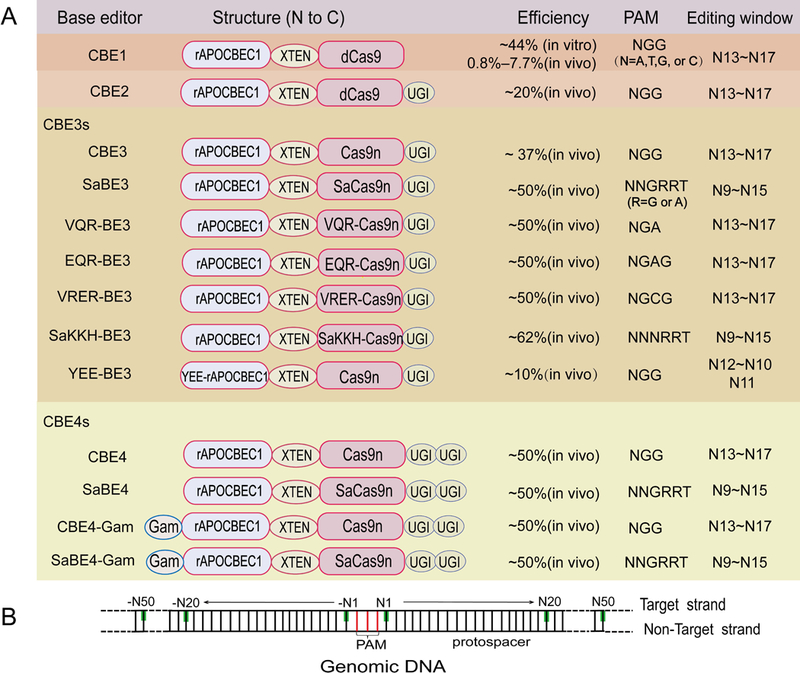FIGURE2. Four generations of Apolipoprotein B mRNA editing catalytic enzyme (APOBEC)-based cytosine base editors (CBEs).

Rat APOBEC1 has the ability to deaminate cytosine (C) to uracil (U), which has the base-pairing property of thymine (T). Fusing rat apolipoprotein B mRNA editing catalytic subunit 1 (rAPOBEC1) to catalytically-dead Cas9 (dCas9) enables RNA-programmed base substitution in genomic DNA. The first-generation cytosine base editor (CBE1) can efficiently convert cytosine (C) to thymine (T) in vitro. Fused uracil glycosylase inhibitor (UGI) to CBE1 creates the second-generation base editor (CBE2). The third-generation base editors (CBE3s) with engineered Cas9-cytidine deaminase fusions can increase the efficiency, genome-targeting scope, precision and specificity. Moreover, the fourth-generation base editors (CBE4s) contain two copies of UGI.
PAM: protospacer-adjacent motif.
